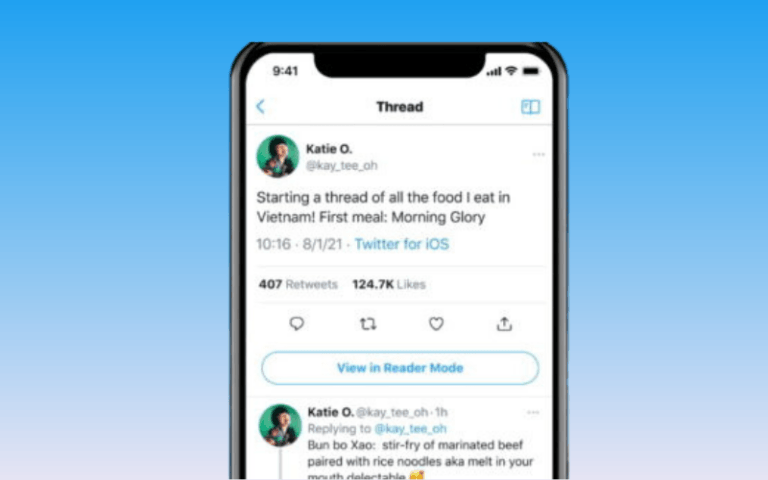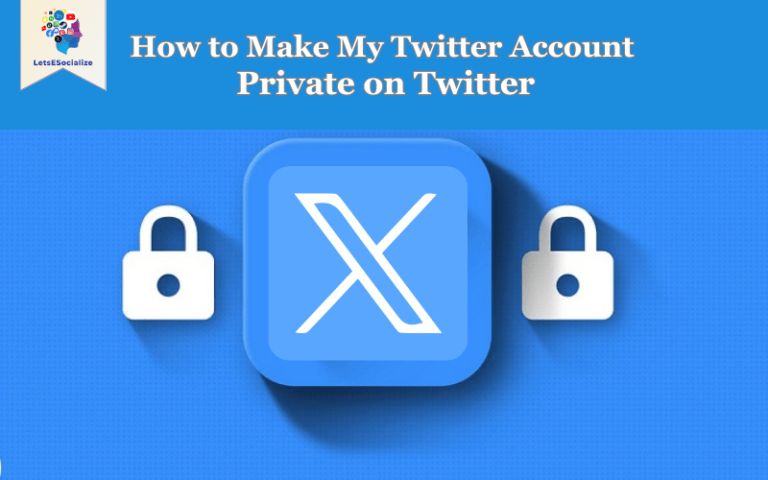Advertising on Twitter can be a very effective way to reach new audiences and promote your business, products, or services. But how do you get started creating Twitter ads? This comprehensive guide to Create Twitter Ads process step-by-step.
Table of Contents
Why Advertise on Twitter?
Before diving into the how-to, let’s discuss why Twitter ads are worth considering:
For most businesses, Twitter ads present a huge opportunity to connect with future customers at scale. Now let’s dive into how to create effective ads.
Also read: Case studies of successful Twitter Ads
Step 1 – Set Up Your Twitter Ads Account

If you don’t already have one, the first step is to create your Twitter Ads account. You’ll need:
This sets up your overall account through which you’ll manage advertising campaigns. Ensure your ad account email, phone, website, and business details are accurate.
Step 2 – Choose Your Ad Objective
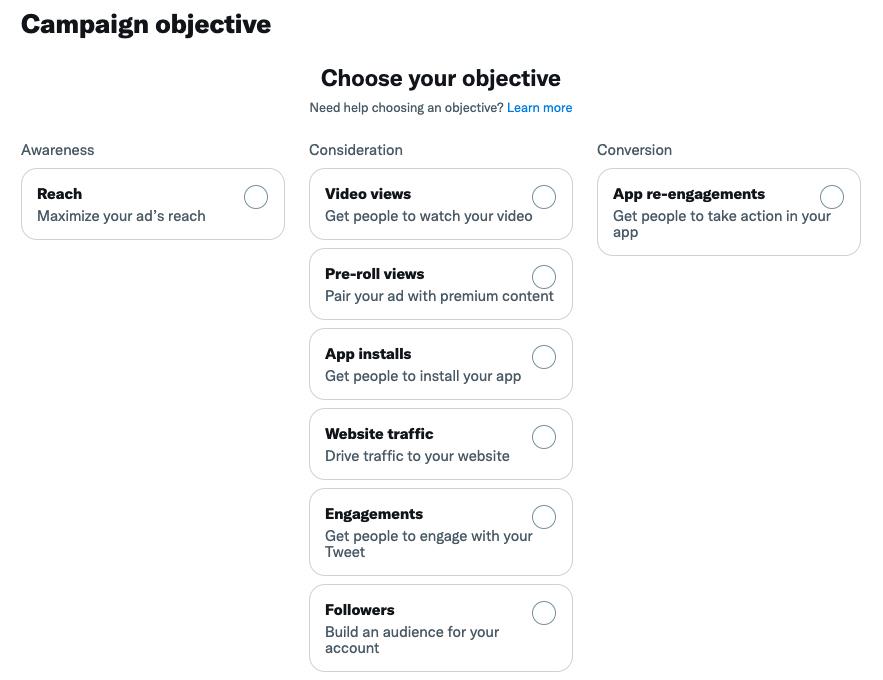
Twitter supports a variety of campaign objectives based on your goals:
Consider what your top priority is. For example, are you focused on getting clicks to your online store or building general brand recognition? Set the objective accordingly.
Step 3 – Identify Your Target Audience
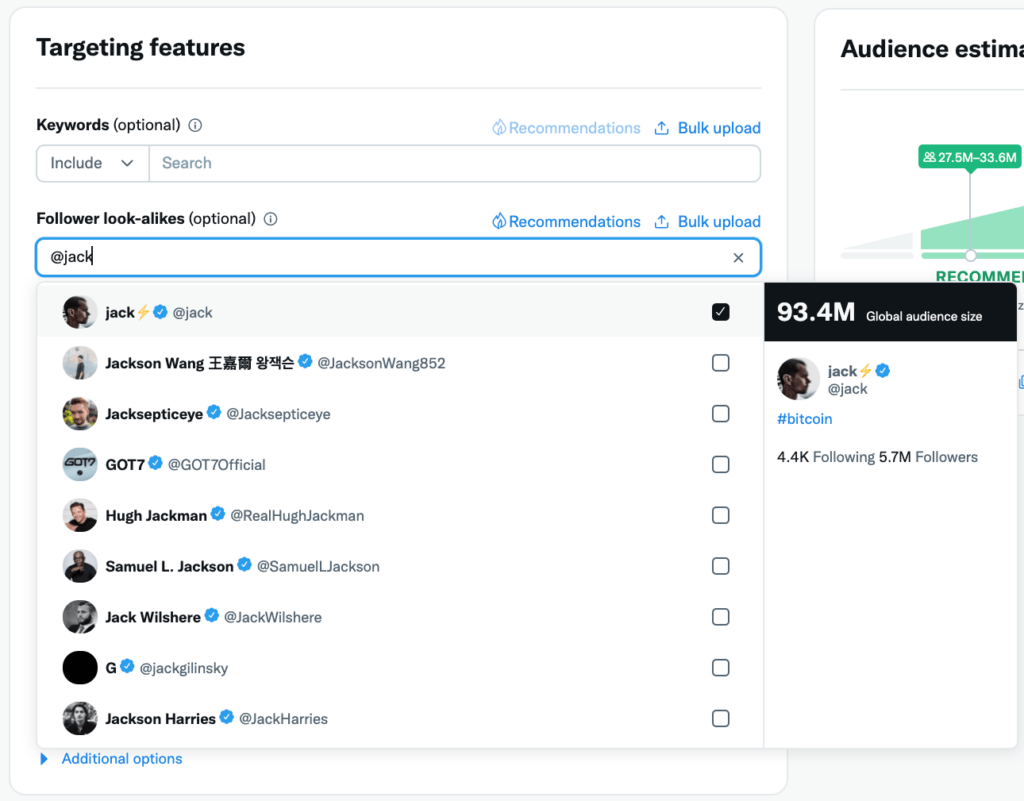
One of Twitter’s strengths is its detailed targeting options. You can target users by:
Get specific about the exact users you want to reach for optimal results.
Step 4 – Set Your Bid Strategy

Twitter offers powerful automatic bidding or manual maximum CPM bidding:
Automatic bidding is best for beginners, while manual bidding aids in advanced optimization but requires close monitoring.
Step 5 – Design Your Ad Creatives

This is where you create your actual ad content that users will see. Major ad formats include:
Copy, images, videos, polls, questions, hashtags, and more can all be incorporated to catch attention and interest.
Step 6 – Set Rules and Launch Your Campaign
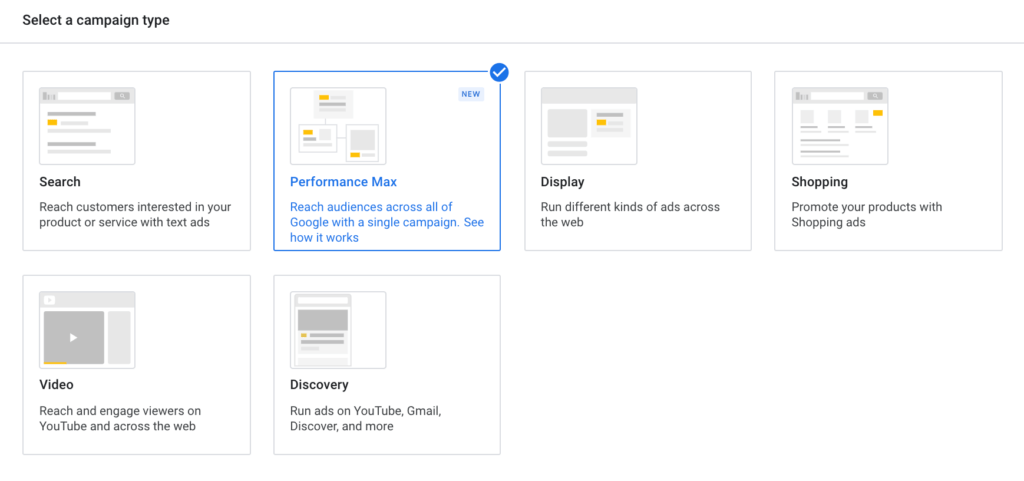
Finalize campaign settings like:
Once your campaign is ready per the above steps, submit it for approval, and launch it to start delivering your ads!
Step 7- Monitor Performance and Optimize
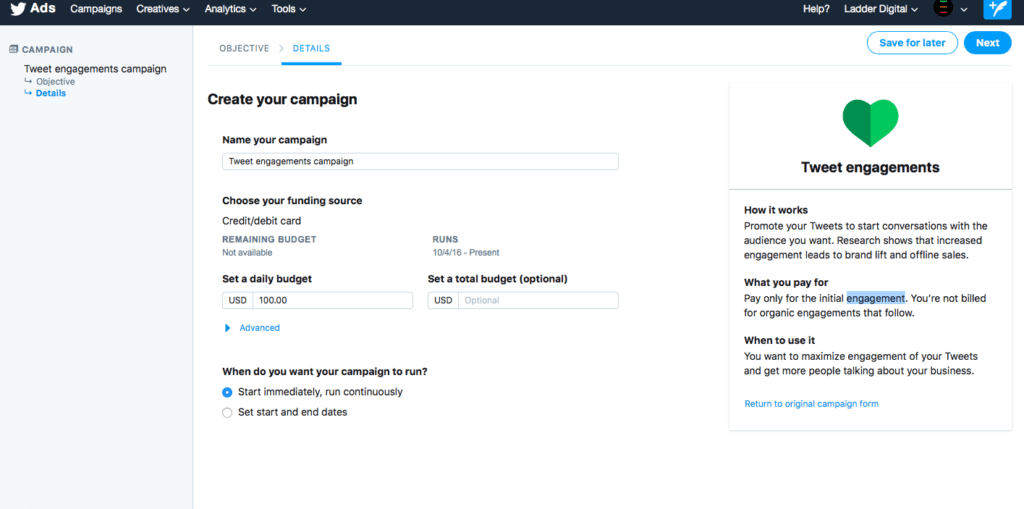
Use Twitter’s powerful analytics to track engagement, clicks, conversions, and more. Identify best-performing messages, placements, times, and segments. Kill underperforming ads and boost winners to maximize your spending. Constantly refine based on data.
Combining these key steps will set you up for Twitter ads success. Let’s discuss each step more in-depth.
Setting Up Your Twitter Ads Account
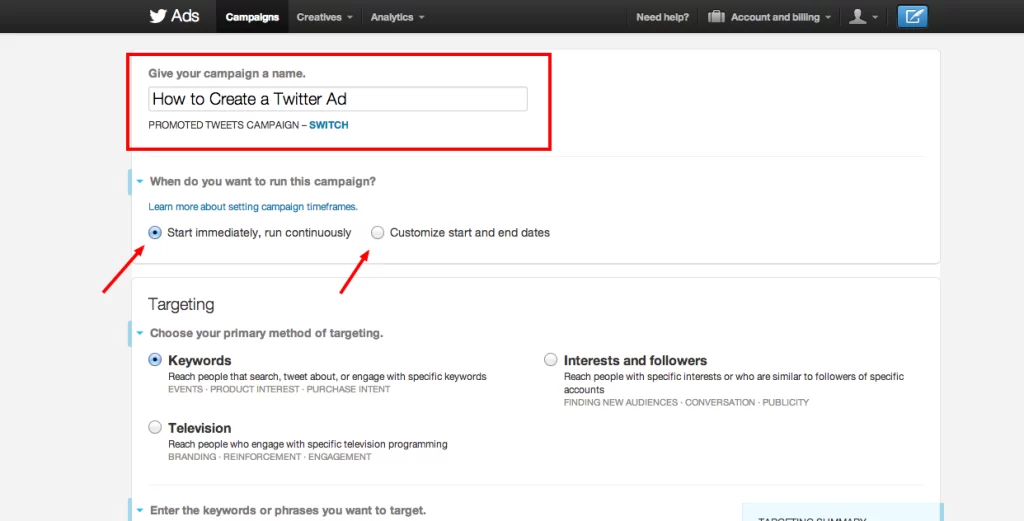
Your ads account is the foundation that gives you access to Twitter’s advertising tools and dashboards.
Here are tips for the account setup process:
Your account will need approval before you can start creating ads. This may take 1-2 business days. Get pre-approved to save time when you’re ready to launch your first campaign.
Picking Your Ad Objective
Outlining a clear objective is critical for shaping the rest of your campaign decisions.
If boosting brand visibility is the goal, prioritize engaging creativity. To drive conversions, focus on relevant targeting and direct response ad formats.
Some key factors when picking an objective:
A specific, measurable goal, like 50,000 video views or 10,000 email signups, helps focus your efforts.
Designing Compelling Twitter Ad Creatives
Your ad copy and visuals are critical for grabbing attention and driving engagement.
Tips for great ad creative:
Compelling creative tailored to specific audiences drive the strongest response. Continually refine your ads.
Launching Your Twitter Ad Campaign
Once your campaign is configured, it’s time to launch it live. Here are pre-launch best practices:
Closely monitoring new campaigns allows optimizing based on real data before spending your full budget. Adjust bids, budgets, creatives, and targeting over time to maximize performance.
Optimizing Your Twitter Ads With Performance Data
The key to driving impact with your Twitter ads is constantly monitoring performance and rapidly iterating.
Useful optimization data to analyze regularly:
- Engagement rates on ads and your landing pages
- Clickthrough rates and website traffic
- Conversions for your business goals
- Impressions and reach for audience size
- Frequency and recency of ad exposure
- Results segmented by device, gender, age groups
- Results over time of day and day of week
- Attention metrics like video views and watch time
Regularly check this data, identify high-performing elements, prune low performers, and double down on what proves most effective. This drives more conversions over time within your budget.
Next Steps After Optimizing Initial Campaigns
Once you’ve developed a strong performing initial Twitter ad strategy, what next?
- Scale up a budget – Gradually increase spend on top ads to expand reach.
- Expand targeting – Widen successful targeting approaches to larger qualified audiences.
- Test new creatives – Introduce fresh ad formats, styles, and messaging.
- Experiment with bid strategies – Try different automatic and custom bidding models.
- Develop new campaigns – Create tailored campaigns for different products, events, and segments.
- Integrate with CRM – Sync ad data with contact records for attribution.
- Build advanced audiences – Leverage website engagement, past converters, and lookalikes.
As your experience grows, leverage what you’ve learned into more advanced efforts across your marketing.
Common Twitter Ad Mistakes to Avoid
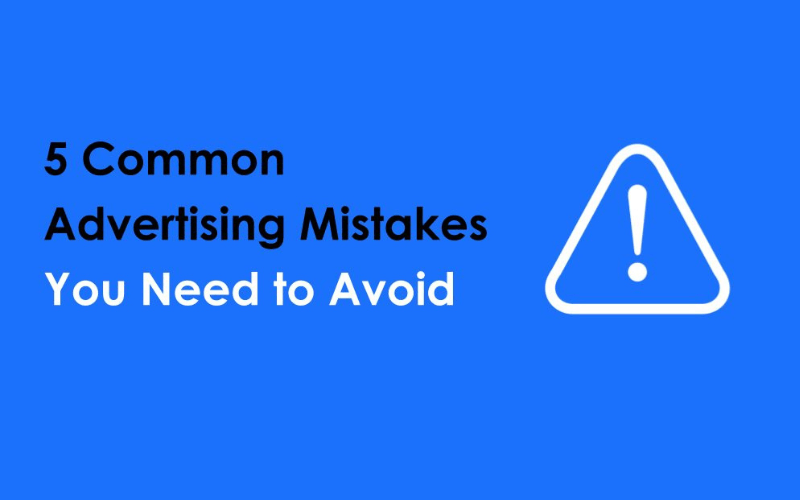
When creating your first Twitter ad campaigns, be sure to avoid these common missteps:
- Setting unrealistic expectations without proper testing
- Putting your entire budget into a single ad or campaign
- Having an overly broad target audience
- Using bid strategies you don’t fully understand
- Not monitoring and optimizing frequently enough
- Overcomplicating your call-to-action
- Trying to promote more than 1-2 core messages
- Using irrelevant or unappealing creative
- Spending with no clear, measurable goal
- Not having proper tracking implemented
- Launching without clearly defined success metrics
Avoiding these pitfalls will lead to more effective campaigns right from the start.
Key Takeaways for Creating Twitter Ads
To recap, the key steps to get up and running with Twitter ads include:
- Set up your Twitter ads account fully
- Define a specific ad objective like website conversions
- Identify your ideal target audience attributes
- Select automatic bidding or max CPM bidding
- Design quality ad creatives tailored to different formats
- Set rules and launch a campaign to test performance
- Analyze metrics regularly and optimize daily based on data
Following this game plan will lead to impactful Twitter advertising. Let me know if you have any other Twitter ad questions!


